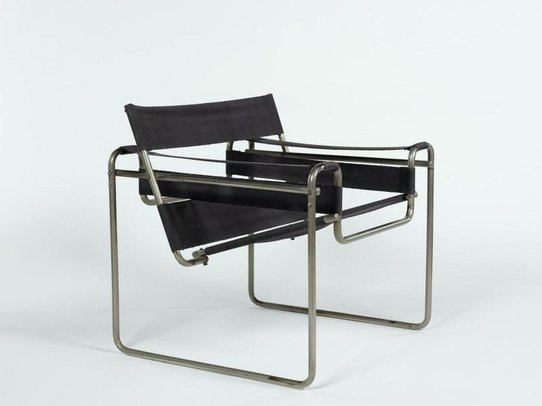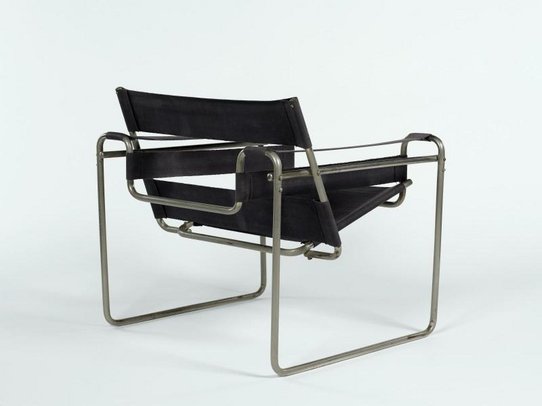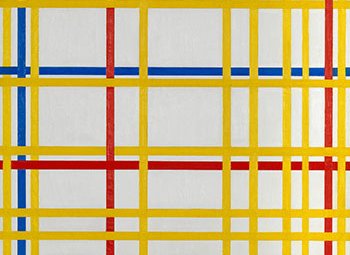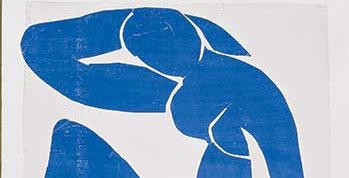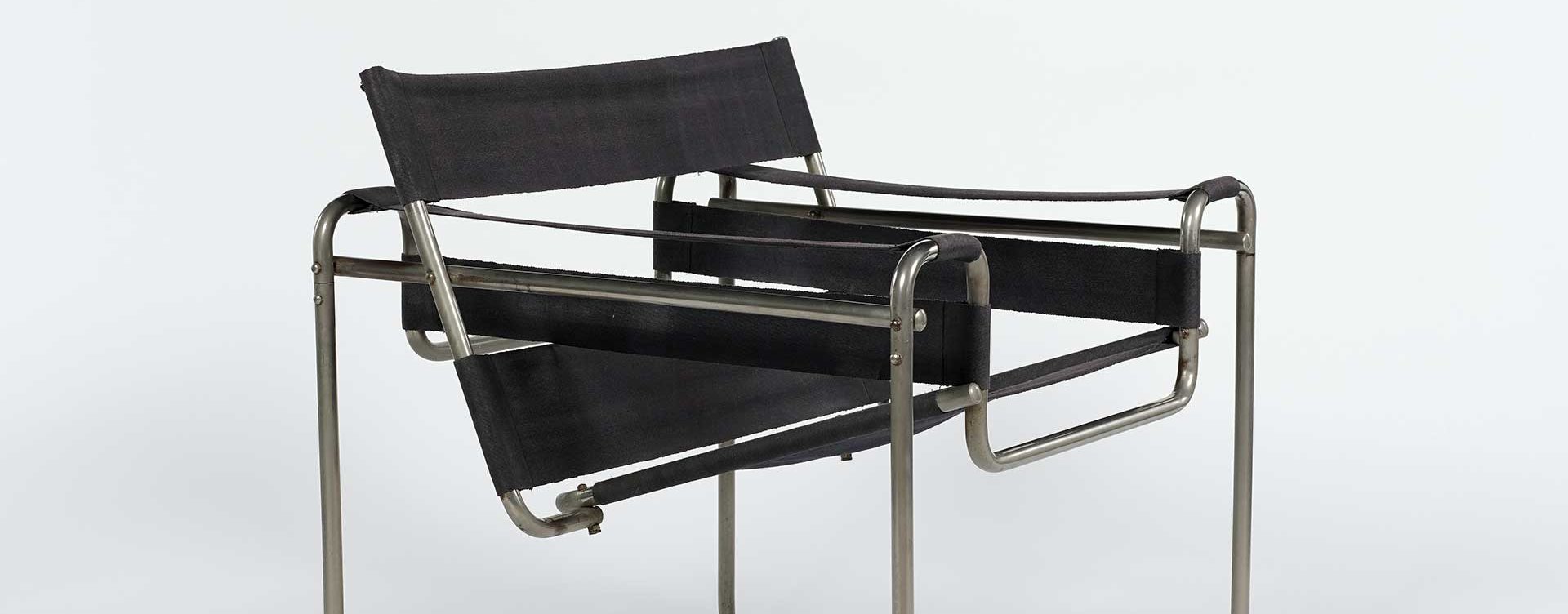
Focus on... the "Wassily" Club Chair by Marcel Breuer
In 1925, at just 23 years old, Marcel Breuer designed the "Wassily" chair, also known as the B3 model. Inspired by the handlebars of his Adler bicycle, he used steel tubing to create furniture that was both light and durable. Its minimalist, functional aesthetic broke with the ornamental traditions of the time, fully aligning with the avant-garde principles of the Bauhaus. This pioneering school, founded by Walter Gropius in Weimar, was where Breuer enrolled in 1920 after training at the Academy of Fine Arts in Vienna.
Although often linked to painter Wassily Kandinsky, who was also a professor at the Bauhaus, the chair was not originally designed for him. However, Kandinsky admired Breuer’s innovative design, prompting the designer to gift him a personal copy. It was only decades later, when the Italian manufacturer Gavina reissued the chair, that it was marketed under the name Wassily.
Its minimalist, functional aesthetic broke with the ornamental traditions of the time, fully aligning with the avant-garde principles of the Bauhaus.
After his time at the Bauhaus, Breuer moved to Berlin in 1928, where he established his own architecture and design practice. In 1935, facing the rise of Nazism, he emigrated to London and then to the United States in 1937, joining Walter Gropius at Harvard University as a professor of architecture. This marked the beginning of his prolific career in America, where he completed numerous major architectural projects. Among his most renowned works are the Whitney Museum of American Art in New York and the Unesco headquarters in Paris. ◼
* The Brutalist, de Brady Corbet, sortie le 12 février 2025
Related articles
In the calendar
Marcel Breuer, Fauteuil Stahlclubsessel B3 (Fauteuil club B3, dit Wassily), 1925
Acier nickelé, toile de coton Eisengarn
73 x 77 x 69 cm
© Marcel Breuer
© Centre Pompidou

